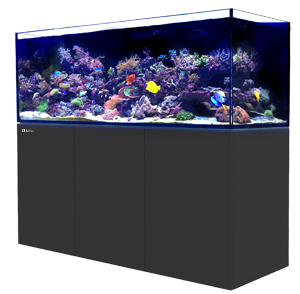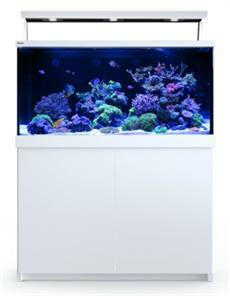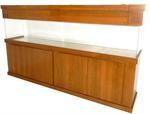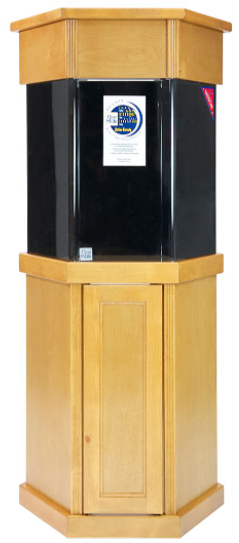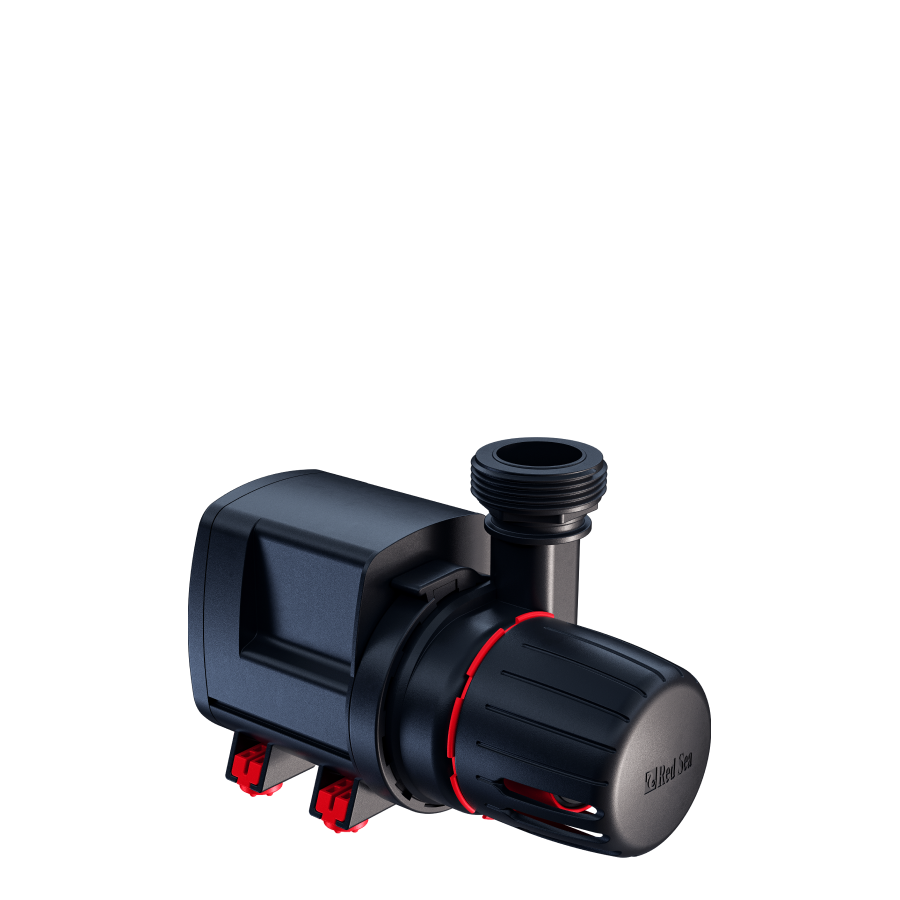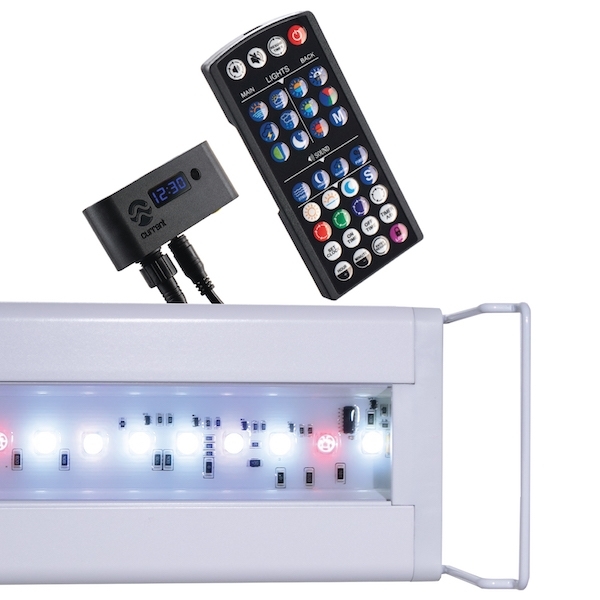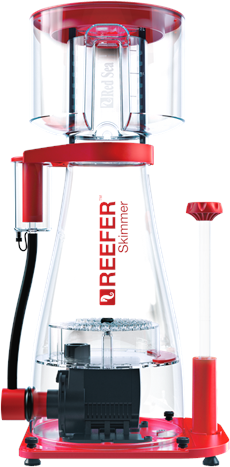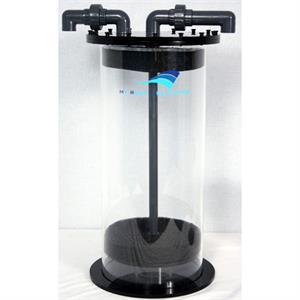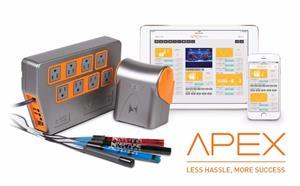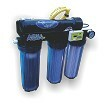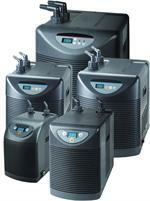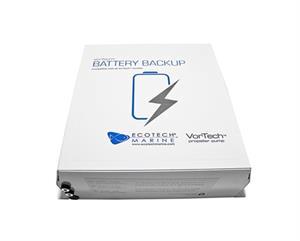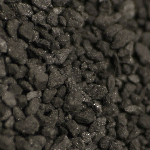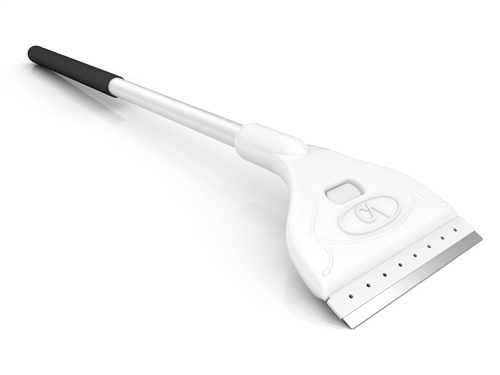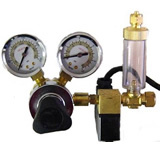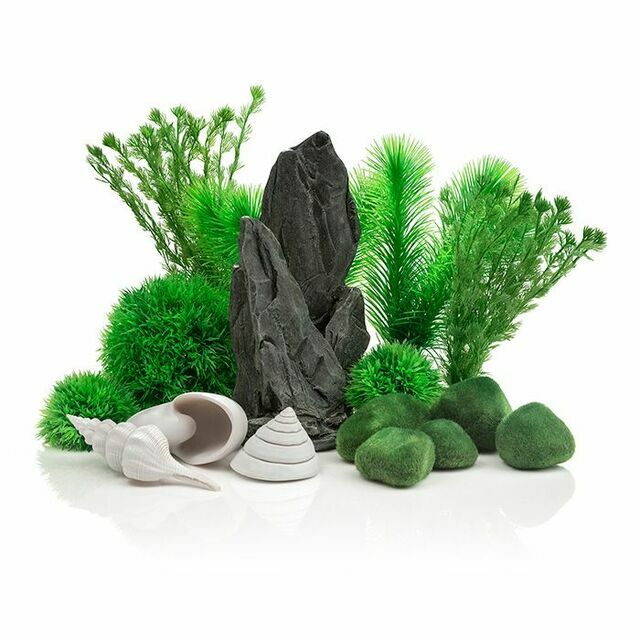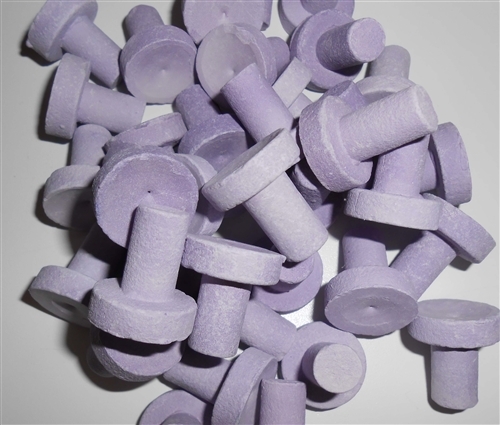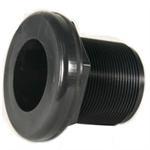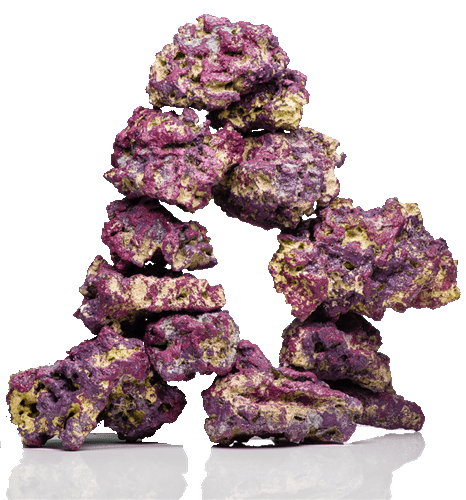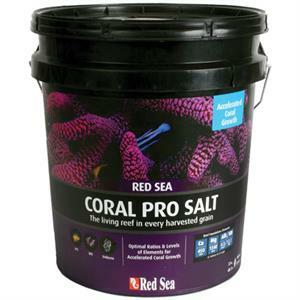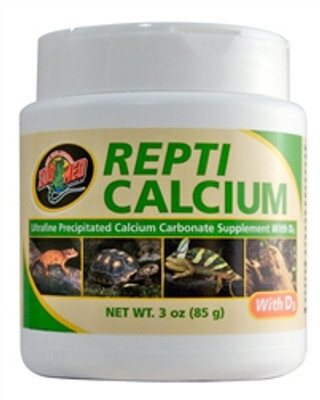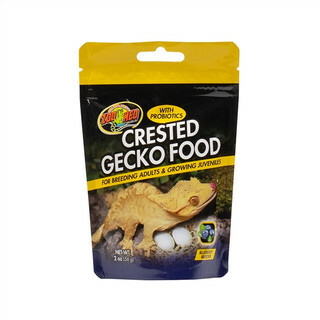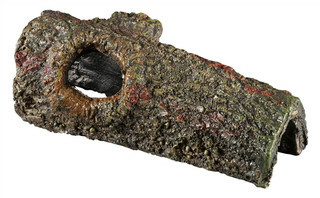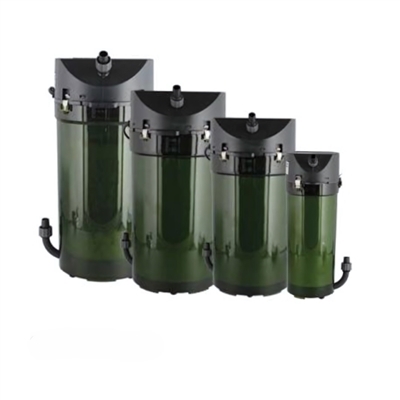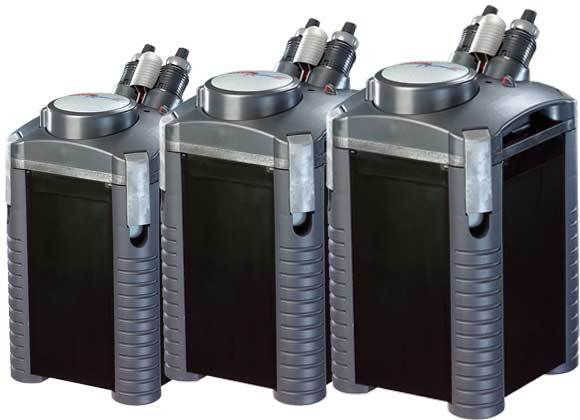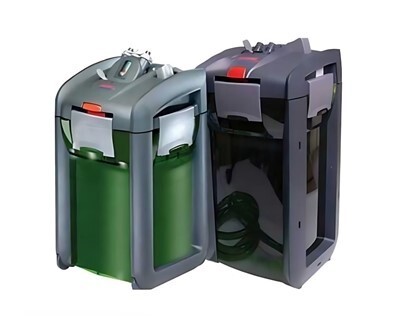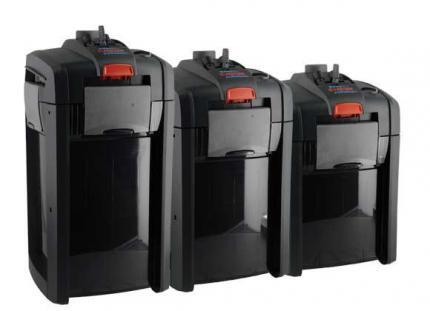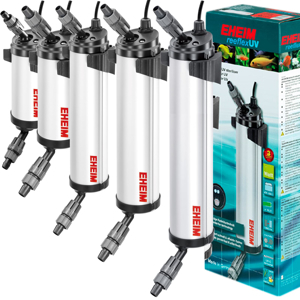5 Types of Aquarium Shapes and How They Differ
FishTanksDirect on Oct 4th 2021
Typically, when people think of fish tanks, they picture them as either large rectangles or small bowls. While these are the most popular tank variants, there are many more types that are completely different from the standard models, ranging from simple to extravagant. Regardless of how much space you have available, your purpose for installing the aquarium, and what design captures your attention, you have no short supply of potential tank designs.
You may not know all your options right out of the gate. So go into your purchase knowing the five types of aquarium shapes and how they differ to get the best tank for your needs and to walk away with the most satisfaction.
Tower
Tower tanks provide aquarium-owners with a thin, long style, offering increased verticality rather than taking up horizontal space. Tanks with this design stand out among the typical rectangular looks, but they come with some notable inconveniences. The first is the increased difficulty with cleaning; due to the tank’s height, cleaning the lower parts of the tank can be a challenge. This can cause a buildup of grime, soiling the tank’s aesthetic appeal. The other consideration is the greater likelihood of the tank toppling over. A tower tank won’t fall over on its own, but if a passerby were to knock into it, it does have a higher chance of tipping.
Despite the greater caution you need to exhibit around it and the extra maintenance, a tower tank brings its own unique look, whether you want it in your personal office or around the home. It’s a simple tank that provides a look visually distinct from typical square and rectangular aquariums.
Bow-Front
At first glance, the bow-front tank looks very similar to a standard rectangle aquarium, but the difference is in the name. The fronts of these special tanks curve outward, creating a bow-like appearance; this design allows the tank to stand out more in a space, highlighting the fish inside.
Bow-front tanks don’t have any special considerations or extra maintenance steps beyond what you would expect from rectangular aquariums. They’re easy to clean and maintain, and they show off a unique design without any added inconveniences. Due to retaining the general shape of a standard rectangle tank, bow-front aquariums are easy to install around the home or office. They can fit comfortably in existing spaces without you having to remodel or drastically rearrange the furniture layout.
Wave
Wave tanks change up the look of an aquarium by providing a curved front that replicates the look of a wave. They’re similar to bow-front tanks in concept, but wave tanks have an almost S-shaped curve to them. Wave tanks most often feature acrylic material instead of glass for the walls. This is because glass is far more rigid and more likely to break during the forming process; by contrast, acrylic is much more flexible and easier to shape.
Despite the advantageous flexibility of acrylic, it brings some challenges as well. Due to the acrylic, wave tanks are more susceptible to scratching. This doesn’t decrease the durability of the tank, but the outermost layer of the acrylic is significantly more likely to sustain superficial damage and imperfections, potentially ruining the look of the aquarium.
The shape of the wave tank also causes some minor visual distortion throughout the aquarium. These distortions won’t completely ruin your view, but trying to look past the proportional abnormalities can be distracting.
Pentagon
The most visually distinct options, pentagon-shaped aquariums are large-scale tanks, most fitting for office spaces with a lot of room. The pentagon tank allows for a full 360-degree view, allowing viewers to walk around and see every angle of the aquarium.
Generally, pentagon tanks are enormous, holding thousands of pounds of water, which can make them difficult to install and maintain in the long term. Routine cleaning procedures—whether it’s refreshing the water, cleaning the glass, or rotating the gravel—becomes a chore when the tank is so large to begin with. But with the size also comes the potential to create a striking tank design filled with all sorts of colorful fish and foliage. Pentagon tank–owners can truly construct unique and visually interesting environments as the centerpieces of their offices or homes.
Arch
The most outlandish aquarium design on this list, the archway aquarium serves as the threshold between two separate rooms. This large-scale tank houses fish inside this arch, allowing passersby to look to their sides and above them to admire the fish in your aquarium. A truly exceptional design, an arch tank will make your office or home one of a kind, providing a beautiful look and turning a mundane space into something special.
Of course, with the unique design comes unique challenges. This is not an ordinary tank, so cleaning and maintenance procedures may be difficult. Routine checkups and performing minor adjustments will turn into an involved process that can be a hassle. It all comes down to whether you value the aesthetic appeal this tank will bring to your space of choice and if you’re willing to either do the maintenance process yourself or hire a third party to handle it for you.
Purchase Only What You’re Comfortable With
Some tanks, such as bow-fronts, are easy to maintain due to the simplicity of their designs. But others, such as archway aquariums, pose significant challenges when you need to perform regular cleaning and maintenance to keep your fish healthy and alive. Don’t invest in something that you have reservations about, whether you think it might be too big or pose too many safety risks. Biting off more than you can chew will only result in a less-than-ideal tank. For example, purchasing a pentagon tank is worthless if you don’t have the means or time to keep it presentable. It not only affects the aesthetics of your home or office but also harms the fish. As with any other pet, you need to take care of them and make sure they’re as comfortable as possible—they’re not just decorations to hang up and forget about.
In short, have a solid grasp of the different types of aquarium designs and how they differ, and keep realistic expectations of what you can handle.

